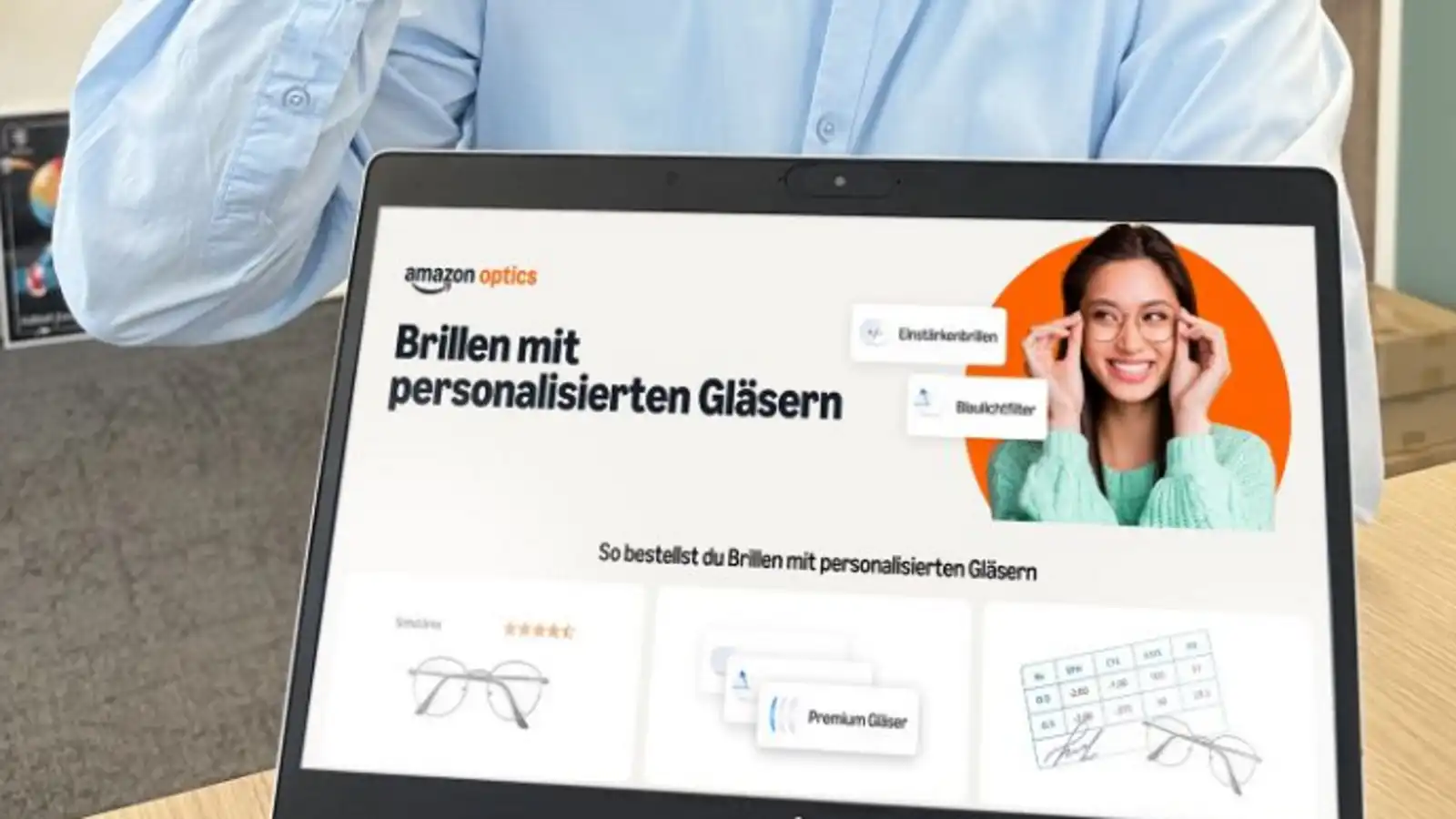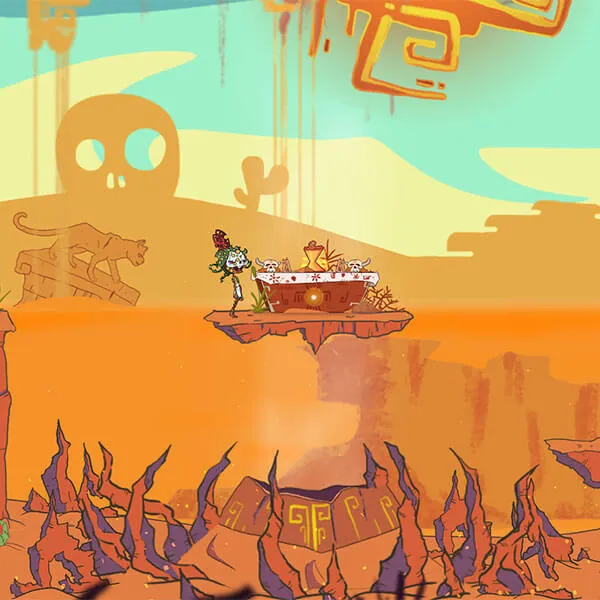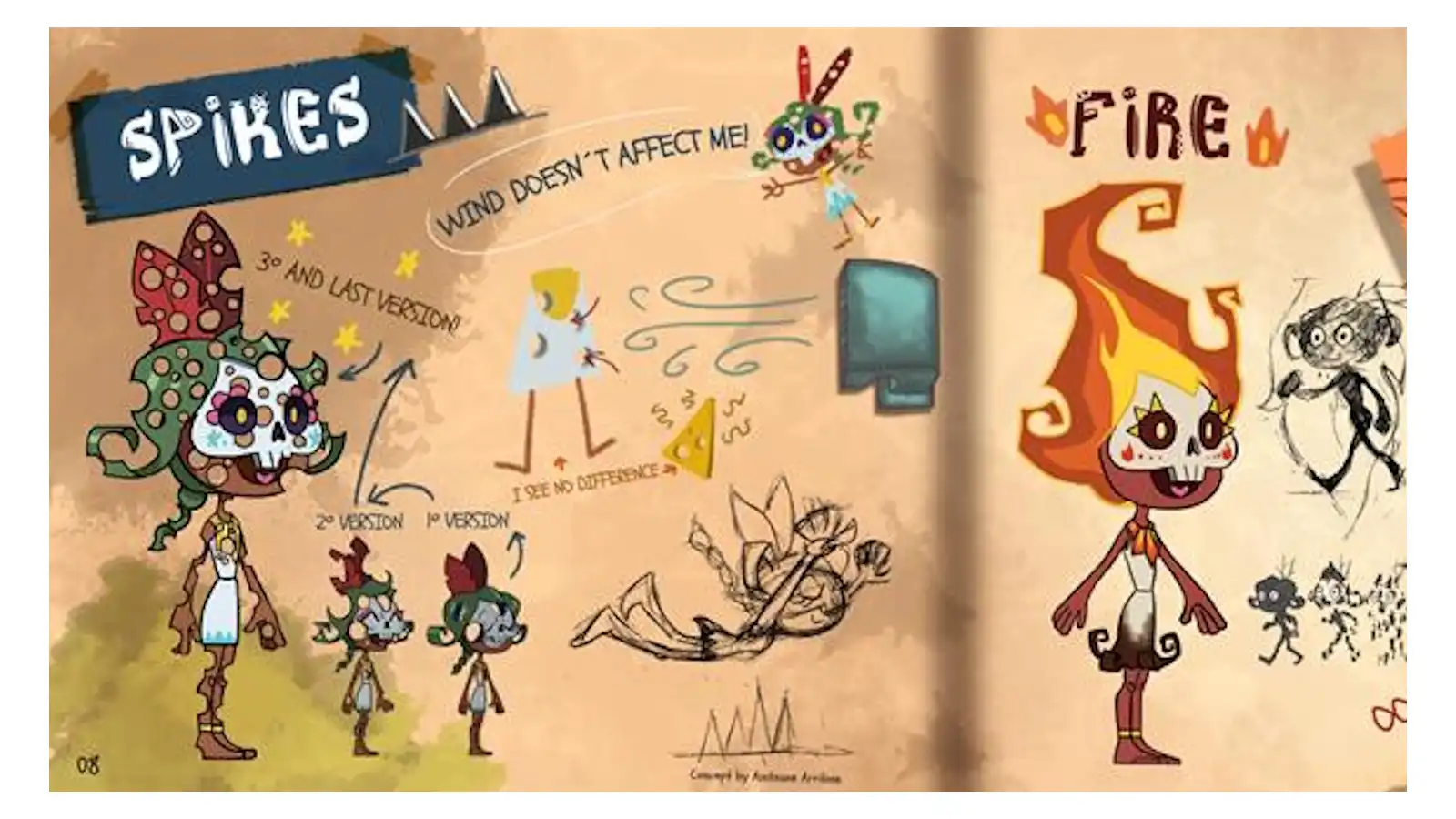
When we think of the Bachelor’s Degree in Real-Time Interactive Simulation (RTIS), the first thing that comes to mind is video games. However, this education opens many more doors. María Emilia Paredes Castrillón, a graduate of DigiPen Europe-Bilbao in 2021, is proof of that. Since her graduation, she has worked as a Software Development Engineer at Amazon, where she has participated in the development of Amazon Optics, the new platform for purchasing prescription glasses.
What is her daily life like in one of the largest tech companies in the world? How did DigiPen prepare her to take the leap into the industry? Discover her story.
Developing Technology at Amazon Optics
For the past three years, María Emilia has been part of the Amazon Optics team„ a new division within the tech giant. Her role focuses on the development of the checkout process, the final stage of the purchase, where users input their prescription and information so that manufacturers can produce their lenses.
“Working in a full-stack environment, I touch a bit of everything: pipelines, AWS, cloud computing, and various programming languages such as Java, Scala, and HTML,” she explains. In her team of eight people, collaboration is key. They work with areas such as advertising, product, and UX/UI to ensure that the final result aligns with the company’s vision. “At Amazon, workflows require coordination with multiple teams. It’s a highly collaborative process where technology and business work hand in hand,” Emilia adds.

Beyond Video Games: The Power of Programming
María Emilia leveraged her education at DigiPen to apply programming in industries beyond video games.
DigiPen gives you the most important thing: understanding programming from the ground up. It’s different from other universities. Once you master the fundamentals, you can adapt to any language and sector without trouble.”
Although the focus at a tech company like Amazon differs from the world of video games, the principles remain the same. “What sets a tech company like Amazon apart is the need for additional knowledge in cloud computing and scalable architecture,” she explains. Thanks to her education at DigiPen, she was able to quickly learn new technologies and apply them to high-impact projects.
During her university years, she interned at a web development company in Bilbao, which expanded her knowledge beyond the gaming sector.

Her entry into Amazon wasn’t by chance, but the result of a well-planned strategy. To maximize her chances, she applied to dozens of positions in a single day, securing interviews with two different teams and ultimately choosing the one that best fit her profile.
Women in the Tech Industry
The STEM sector remains predominantly male, but companies like Amazon have implemented strategies to promote equity, from mentoring programs to inclusive hiring policies.
In the beginning, there were eight men and me in my team. Over time, diversity has increased, and now we are four women. These kinds of advances show that the industry is changing, and more and more companies are seeking female talent in technology.”
The progress in diversity is key to innovation, and María Emilia encourages more women to explore areas like cloud computing, web development, and artificial intelligence. “The sector needs more women with talent and vision. Continuing to learn and daring to take the step is key to closing the gender gap in the industry,” she comments.
From the Classroom to the Workforce: The Value of DigiPen’s Real-World Projects
DigiPen doesn’t just teach programming; it prepares students for the real world with a methodology based on practical projects throughout the four academic years. This approach allows students to develop key skills such as teamwork and project management.
In the end, it’s all about learning and applying what you know in different contexts. The foundation is in programming. From there, it’s all about adaptability.”
Thanks to this training, she has been able to easily integrate into multidisciplinary environments, collaborating with teams in UX/UI, product, and business to develop solutions aligned with the company’s needs.

Back to Life
One of María Emilia’s most notable projects at DigiPen is her participation in the 2D platformer game Back to Life. In this academic project, she contributed as a programmer, applying her technical knowledge to develop the game’s core mechanics and internal systems. Her work was key to shaping the overall player experience.
Advice for Future Professionals
For those who want to follow in her footsteps, María Emilia is clear: explore on your own and keep an open mind.
Programming has endless branches: machine learning, optimization, web development, simulation… Companies are looking for adaptable profiles.”
Her story shows that a solid foundation in programming not only opens doors in the video game industry but also in any leading global tech company. With effort and training, DigiPen can be the springboard to companies like Amazon.
🚀 To learn more about the Bachelor’s Degree in Real-Time Interactive Simulation (RTIS) program at DigiPen Europe-Bilbao…


